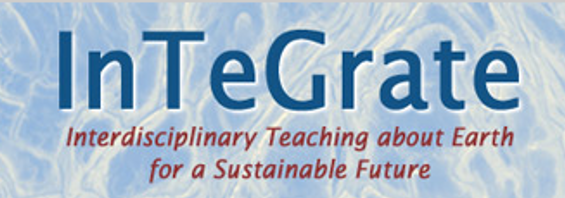Regulating Carbon Emissions
Author(s): Robyn Smyth1, Sandra Penny2, Curt Gervich3, Gautam Sethi1, Eric Leibensperger3, Pinar Batur4
1. Bard College 2. Sage Colleges 3. SUNY Plattsburgh 4. Vassar College
1403 total view(s), 339 download(s)
Description
In this 3+ week module, students will experience the integration of climate science, economics, and law in the formulation of federal policy to address climate change. The module is interdisciplinary and interactive. Students will use an educational, web-based Dynamic Integrated Climate-Economy model (webDICE) to estimate the social costs of climate change and its abatement under different future emission scenarios. They will also play the Carbon Emissions Game to gain an understanding of the tradeoffs amongst different approaches to regulating carbon emissions. Upon completion, students will be able to explain the scientific evidence for man-made climate change from fossil fuel emissions, the policy options available for achieving emission reductions (e.g., emissions trading, carbon tax), and the legal basis for regulating carbon pollution under the Clean Air Act. The module emphasizes the importance of systems thinking when seeking viable solutions to complex socio-environmental problems like climate change. The capstone assignment asks students to write an Op-Ed arguing for the need to regulate carbon emissions in a Role, Audience, Format, Topic (RAFT) writing exercise. This module promotes responsible stewardship of the Earth.
Cite this work
Researchers should cite this work as follows:
- Smyth, R., Penny, S., Gervich, C., Sethi, G., Leibensperger, E., Batur, P. (2018). Regulating Carbon Emissions. InTeGrate, QUBES Educational Resources. doi:10.25334/Q4299G
